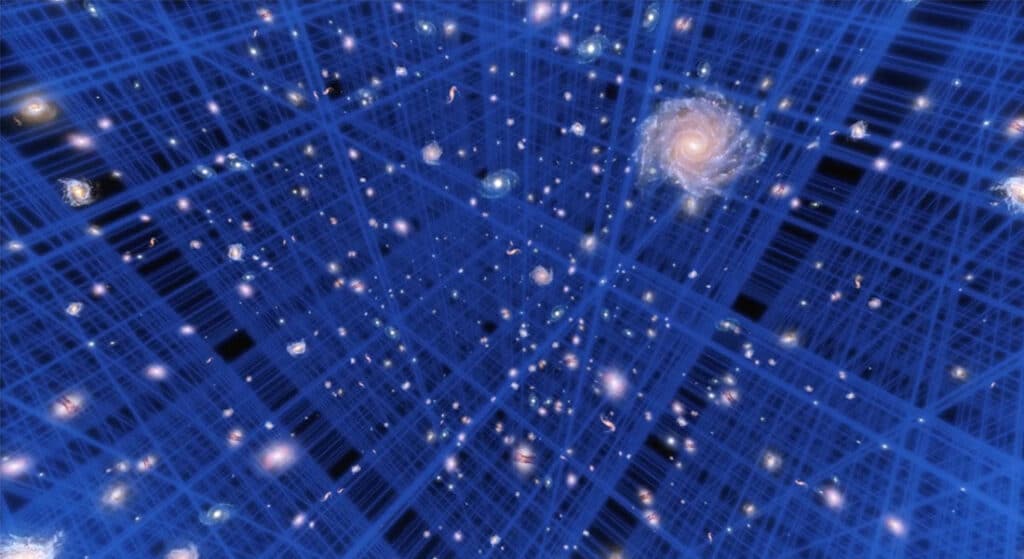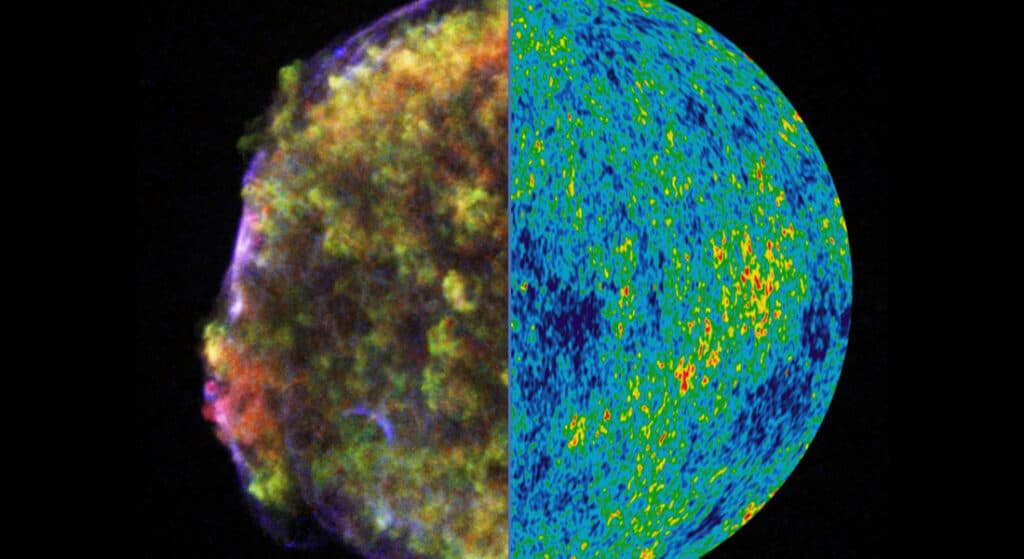For nearly a century, astronomers have been captivated by the universe’s ceaseless expansion, a phenomenon first observed by Edwin Hubble. However, a cloud of uncertainty hangs over the exact rate of this expansion, often termed as the “Hubble constant,” leading to what the scientific community aptly describes as the “Hubble Trouble.”
The universe’s galaxies are in constant motion, drifting away from each other due to the cosmic expansion. Edwin Hubble and his contemporaries utilized this principle about 100 years ago to calculate the velocities of nearby galaxies, revealing the universe’s perpetual expansion.
The velocity at which galaxies move apart is integral to comprehending the cosmos’ intricate fabric. The variations in the calculated Hubble constant play a pivotal role in determining the universe’s age and its myriad elements.
Measuring the Infinite Universe
Traditionally, scientists have relied on two distinct methods to measure the Hubble constant. The first involves analyzing supernovae, exploding stars, within various galaxies, akin to Hubble’s original technique. The second examines irregularities in cosmic background radiation—residual light from the universe’s nascent stages post-Big Bang.
However, as technology advanced, offering precise measurements, these methods presented conflicting results, initiating debates and sparking speculations about potential undiscovered physics principles or unnoticed systematic biases affecting the outcomes.

Dawn of a New Method
Astrophysicists from the Niels Bohr Institute in Denmark have proffered a groundbreaking technique to traverse this quandary. “When two ultra-compact neutron stars…merge, they go off in a new explosion; a so-called kilonova,” says Albert Sneppen, a Ph.D. student at the Cosmic Dawn Center, in a statement. “This explosion exhibits a remarkable symmetry, allowing astronomers to infer the light they emit accurately.”
By comparing the emitted light to the light that reaches Earth, scientists can meticulously calculate the kilonova’s distance. This technique offers an unprecedented, independent method to ascertain distances to galaxies, potentially mitigating the prevailing discrepancies in measuring the universe’s expansion.
Darach Watson, a contributing researcher to the study, emphasized the new method’s ability to avoid the complications and uncertainties intrinsic to the traditional approaches. “With kilonovae we can circumvent these complications that introduce uncertainties in the measurements,” he says.
Emanating Hope and Caution
The application of this innovative method to a kilonova unearthed in 2017 yielded a Hubble constant akin to the results obtained from analyzing background radiation. However, Sneppen cautions against hasty conclusions, emphasizing the need for further studies to corroborate these findings. “We only have this one case study so far, and need many more examples before we can establish a robust result,” he asserts.
Sneppen’s method, while promising, is in its embryonic stages, necessitating extensive validations. It avoids calibration, offering a “clean” system that could, in time, resolve the long-standing “Hubble Trouble.”
The discovery of a potential third method to measure the universe’s expansion rate heralds a promising era in astronomical research. The pioneering method, leveraging the symmetrical explosions of kilonovae, could eventually reconcile the ongoing disparities in determining the Hubble constant. While this method is in its nascent stages, it represents a monumental stride towards unraveling the enigmatic expanses of our universe, potentially unlocking new realms in our understanding of cosmology.
The research is published in the journal Astronomy & Astrophysics.












